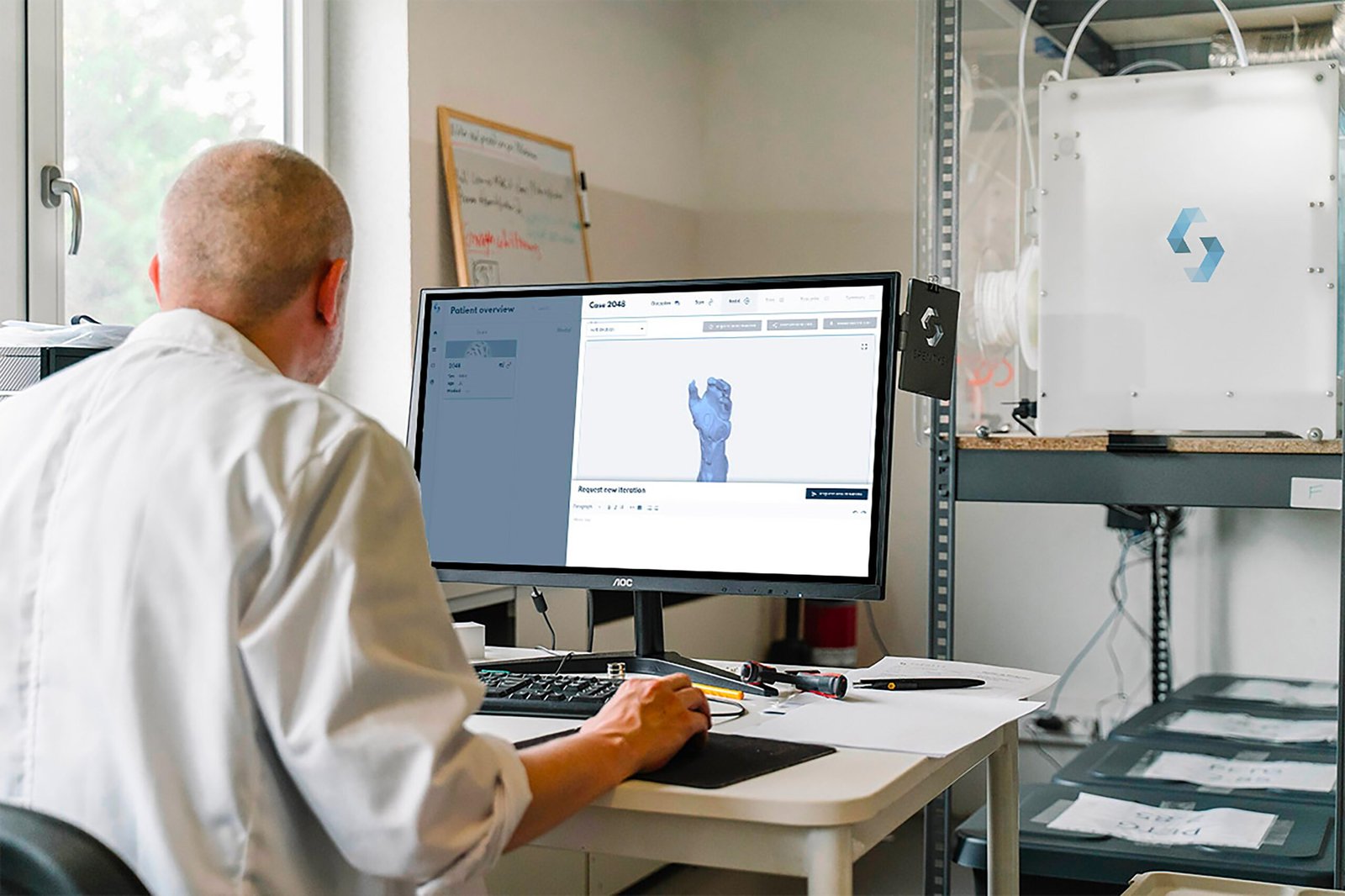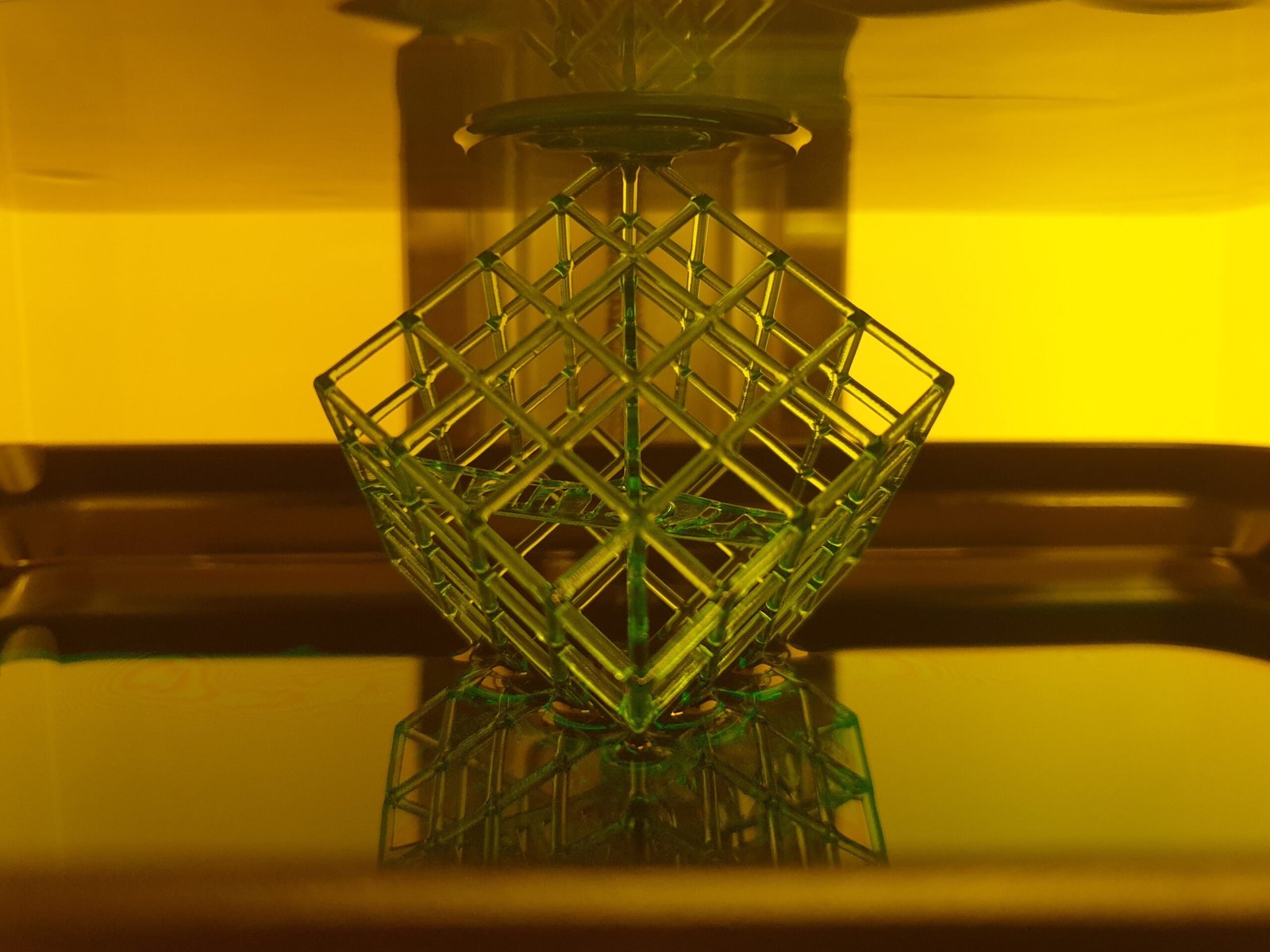Introduction
When it comes to working with 3D models, you might have come across various file formats like STL, OBJ, STP, STEP, IGS, and IGES. These file types play an important role in storing and exchanging 3D data. In this article, we will dive into each of these file formats, understand their differences, and learn when to use them.
1. STL (Standard Tessellation Language)
STL is one of the most common file formats used in the field of 3D printing. It represents the surface geometry of a 3D object using a collection of triangles. The file contains information about the vertices and the connections between them. STL files are widely supported by most 3D modeling software and printers.
2. OBJ (Wavefront OBJ)
OBJ is a popular file format used for storing 3D models and their related data. It supports not only the geometry but also the texture coordinates, materials, and other attributes. OBJ files can be easily imported and exported in many 3D modeling software. They are commonly used for rendering and animation purposes.
3. STP and STEP (Standard for the Exchange of Product Data)
STP and STEP are interchangeable terms used for the same file format. These formats are primarily used for exchanging 3D CAD data between different software applications. STP/STEP files can store a wide range of information like geometry, assembly structure, materials, and more. They are highly versatile and widely supported by CAD software.
4. IGS and IGES (Initial Graphics Exchange Specification)
IGS and IGES are also interchangeable terms used for the same file format. Similar to STP/STEP, IGS/IGES files are used for exchanging 3D CAD data. They can represent complex geometry, assemblies, and other attributes. These formats are widely supported by CAD software and are often used for interoperability purposes.
Conclusion
Understanding different 3D file types is crucial when working with 3D models. STL is commonly used for 3D printing, OBJ for rendering and animation, STP/STEP for CAD data exchange, and IGS/IGES for interoperability.


